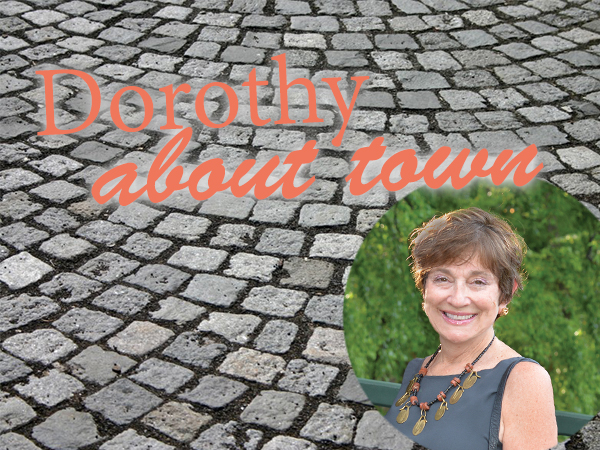If your kids have been involved with the St. Louis Science Fair, you’ve heard of the Academy of Science-St. Louis, the fair’s sponsor. But that may be all you know about the 150-year-old organization. I recently discovered that it promotes science in all kinds of ways and not only for kids. You don’t have to be a scientist to take advantage of the offerings. In fact, a monthly collaboration with the St. Louis County Library is aimed at the layperson, like the recent presentation even an English major couldn’t resist: ‘Supernatural in Popular Culture.’ So off I went to the Prairie Commons branch to hear about the science of Halloween. Turns out this was a bonafide lesson in anthropology.
I had no idea that the origins of Halloween date before Christianity’s All Hallow’s Eve to the Celts, who practiced a kind of harvest festival called Samhain. The eve of their new year was, you guessed it, Oct. 31, when the harvest ended and winter began. They believed that particular night was when spirits could more easily arise from the ‘otherworld.’ Disguises were worn to confuse any evil spirit that might come after unsuspecting Celts. Bonfires were lit and piled with the bones of slaughtered animals (aha, skeletons!) as an offering. When the Irish emigrated to the U.S., their Oct. 31 customs came with them. Pumpkins symbolized the harvest, costumes fooled evil spirits, and trick or treating was a way to buy off the ghosts and goblins so they didn’t harm you.
The speaker, a social scientist, explained that most cultures developed magical rituals involving altered states. And what is Halloween about if not altered states? It’s the ultimate opportunity to lose yourself in another identity with the costume (and persona) of your choosing. In more literal instances, the Haitian Vodun used a neurotoxin powder to elicit a zombie-like trance, and the Yanomami in Brazil connected to ‘the wisdom of the jungle’ with a hallucinogenic snuff Rituals like these blended into the American melting pot of cultures and manifested in the Halloween myth as zombies, witches, skeletons and ghouls.
I also learned that monsters come from the word ‘monstrum,’ or ‘that which warns,’ meaning our annual obsession with them at Halloween could be interpreted as a subliminal, cultural warning to behave. Omnipresent monsters like Frankenstein, Dracula and Wolfman are examples of what men should not become. Werewolves can be considered a warning to avoid base sexual instincts that disrupt societal order. Mary Shelley’s lab-created monster was a not-too subtle criticism of science in its infancy, when it most threatened the moral and religious order.
After an hour of this, I have new respect for Oct. 31 and will henceforth give better treats. You never know what could be lurking behind those costumes.
